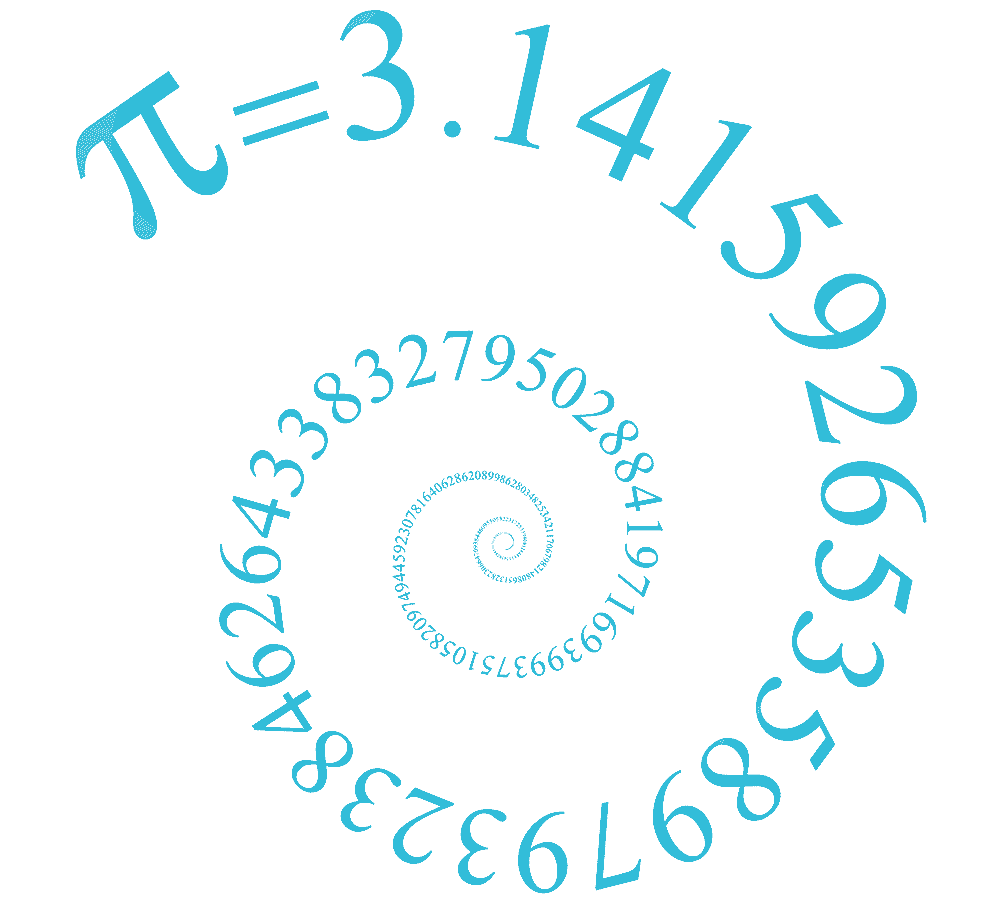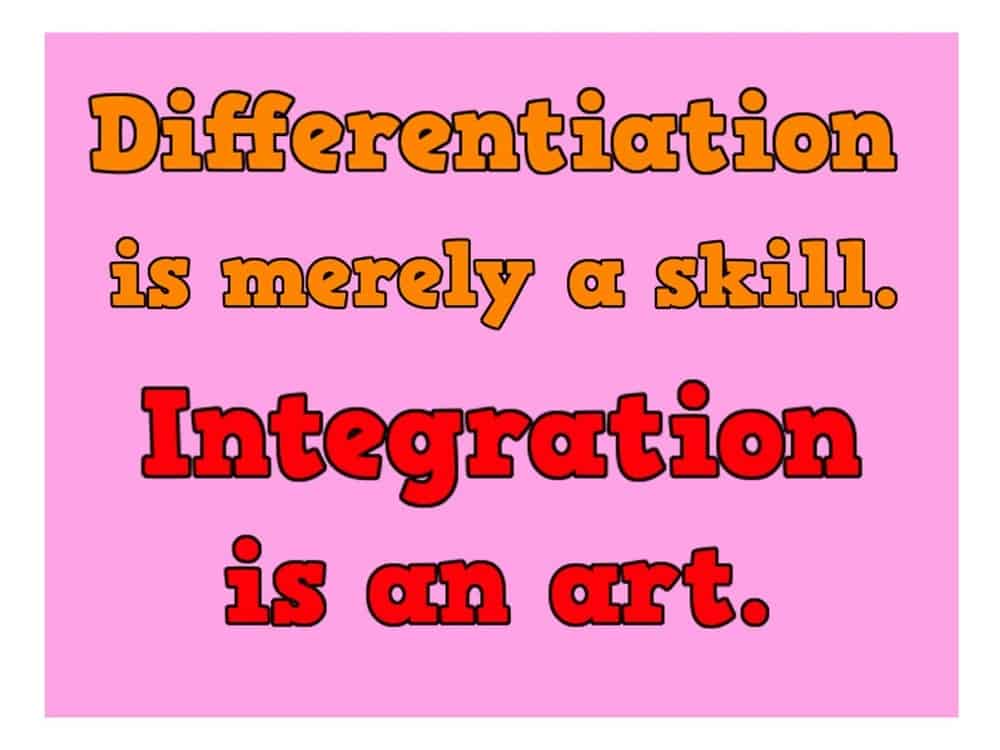I was delighted to find this quote at the start of Seán M. Stewart‘s book “How to Integrate it“.
One of the main differences between GCSE and A-level maths is the introduction of calculus. This branch of maths makes sense of the infinitely small, allowing us to deal with quantities that vary continuously (often over time) and it has many powerful applications. It comes in two flavours: differential and integral calculus.
As any A-level student will discover during the second year of the Pure Maths syllabus: Differentiation: is “easy” (!) once you’ve learned how to differentiate the 5 standard functions (powers of x, exponentials, logarithms, trigonometric sin and cos) together with three rules for differentiating combinations of them (chain rule, product rule, quotient rule). Sure, this still requires much practice, but if you apply the rules it always works.
Integration: is different. Unlike differentiation there is no algorithm (set of rules) to follow! We learn around ten techniques (including by substitution, by parts and by reverse chain rule) that might work, and at A-level Further Maths we throw in a few more. But the slightest change to the integrand (the thing we are trying to integrate) can make an enormous difference to the technique required – sometime to the extent that we cannot integrate it at all!
All of this is of considerable relief to anyone who thinks that maths is “boring” or that “you just have to learn the rules”. On the contrary! – Integration is a great example of the playful and creative nature of higher level maths.

